UK GDP grew notably by 1.8% mom in May but the rebound was somewhat disappointing and missed expectation of 5.0% mom. Production jumped sharply by 6.0% mom, with manufacturing up 8.4%. Services rose 0.9% mom while construction rose 8.2% mom. But all were insufficient to recover the contraction in April (production -20.2% mom, manufacturing -24.4% mom, services -18.9% mom, construction -40.2% mom. Agriculture continued contraction by -6.2% mom.
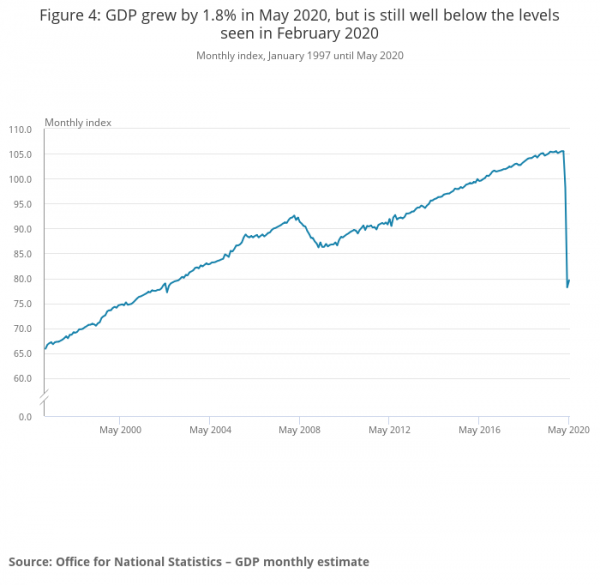
For the three months to May, GDP dropped by -19.1% 3mo3m. Production dropped -15.5% 3mo3m. Manufacturing dropped -18.0% 3mo3m. Service dropped -18.9% 3mo3m. Construction dropped -29.8% 3mo3m. Agriculture dropped -6.3% 3mo3m.
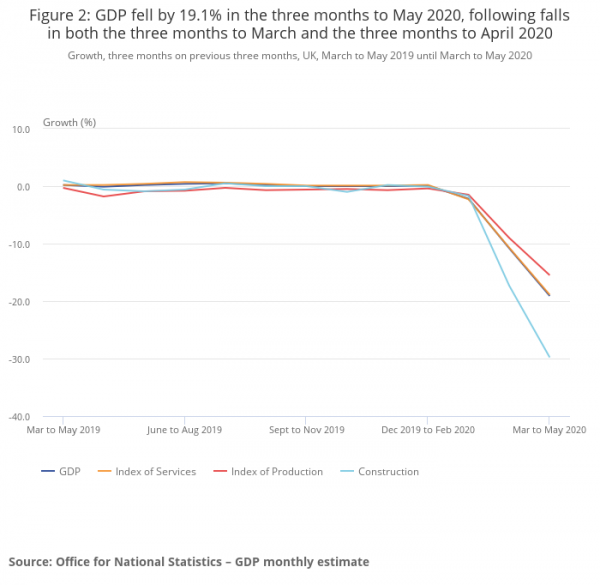
Jonathan Athow, Deputy National Statistician for Economic Statistics, said: “Manufacturing and house building showed signs of recovery as some businesses saw staff return to work. Despite this, the economy was still a quarter smaller in May than in February, before the full effects of the pandemic struck. In the important services sector, we saw some pickup in retail, which saw record online sales. However, with lockdown restrictions remaining in place, many other services remained in the doldrums, with a number of areas seeing further declines.”
Full release here.




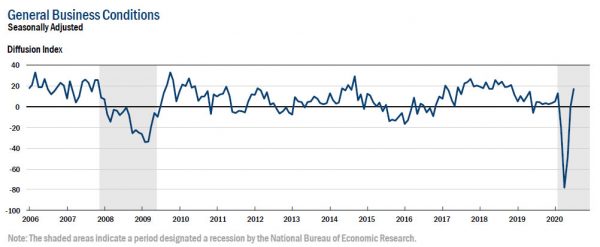
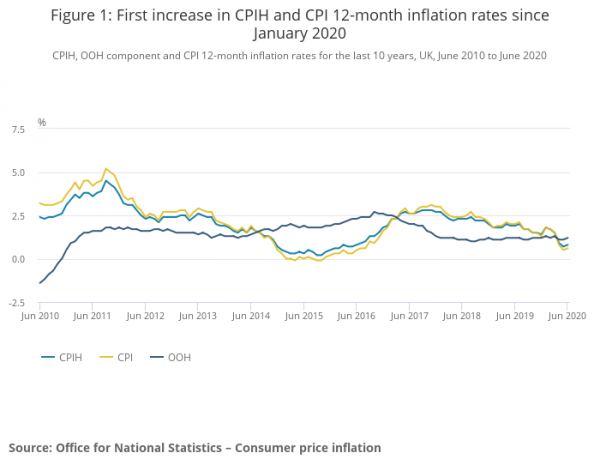
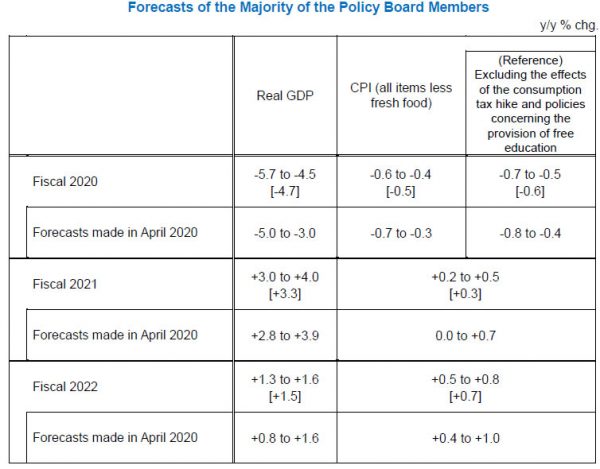
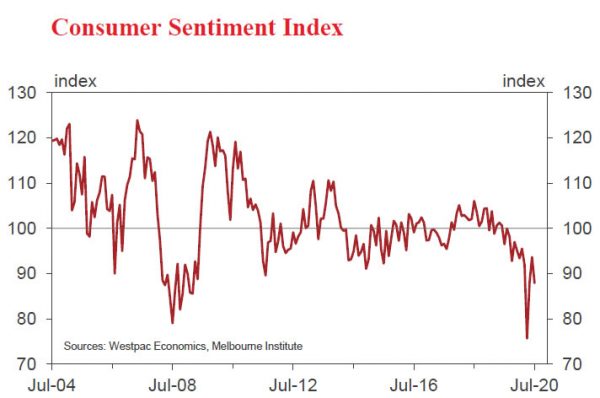
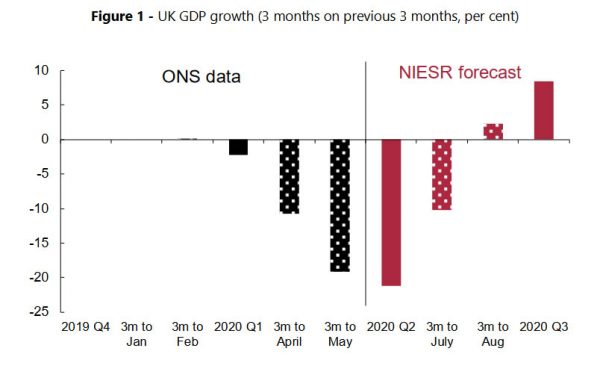
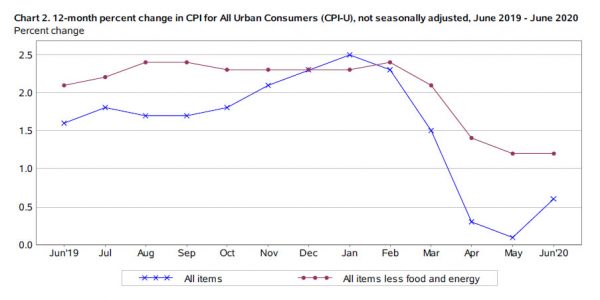
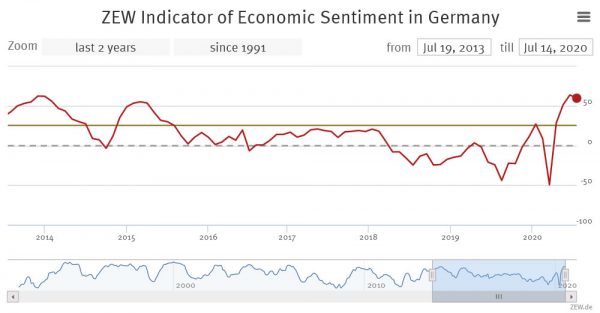
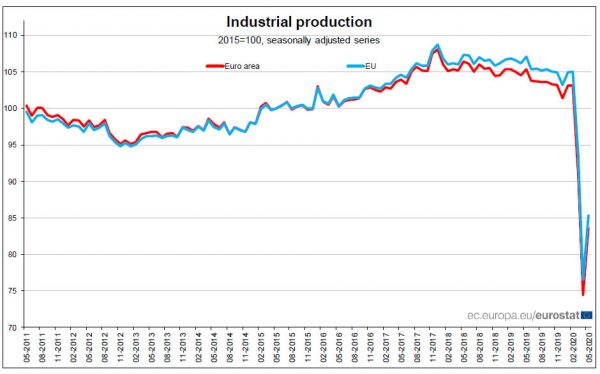
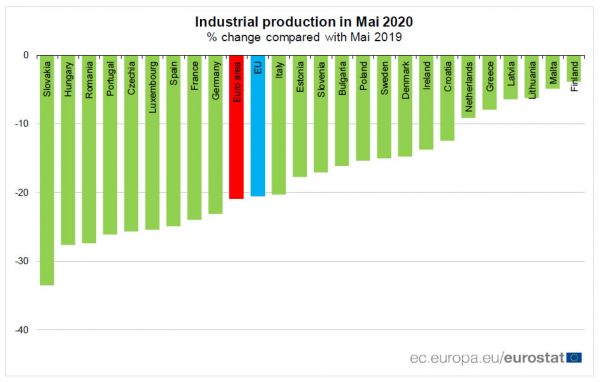


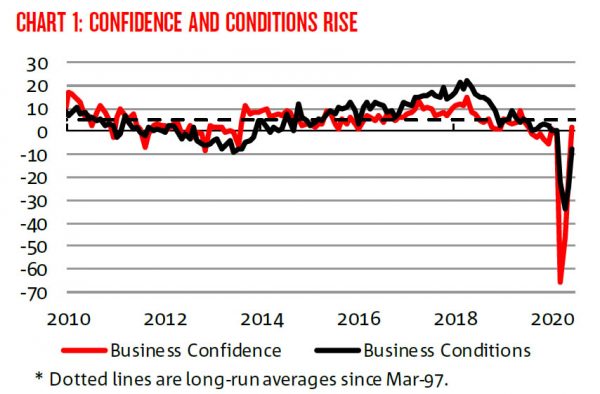
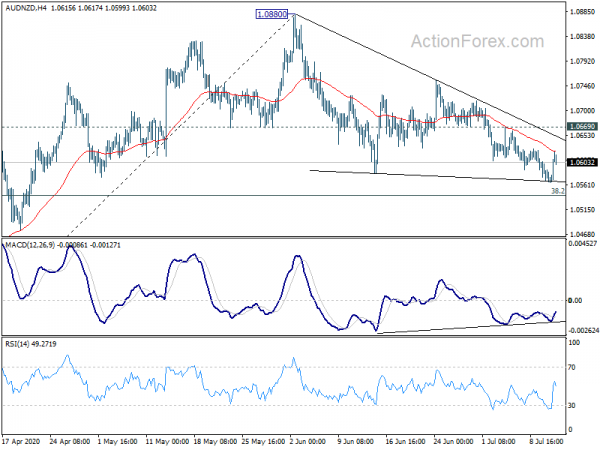
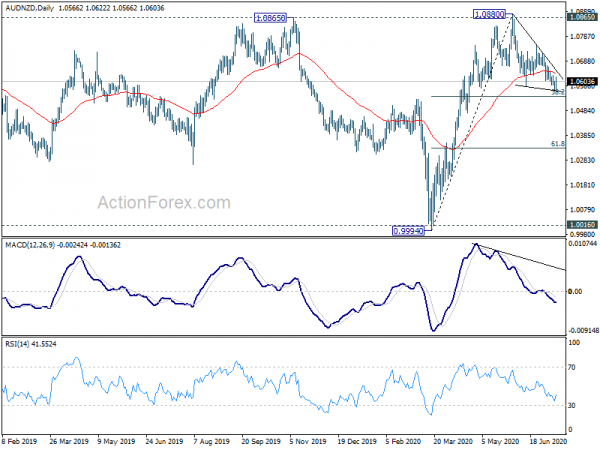
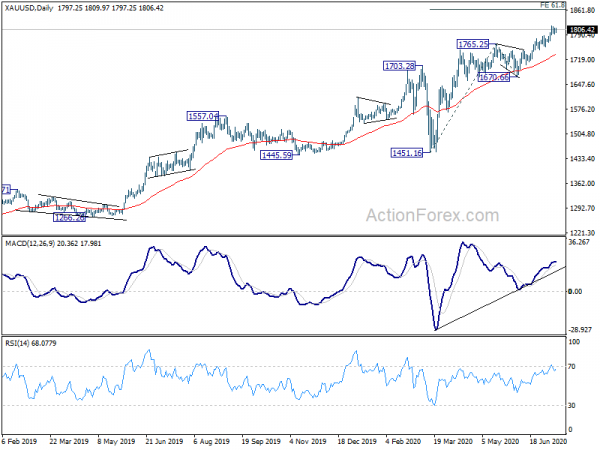
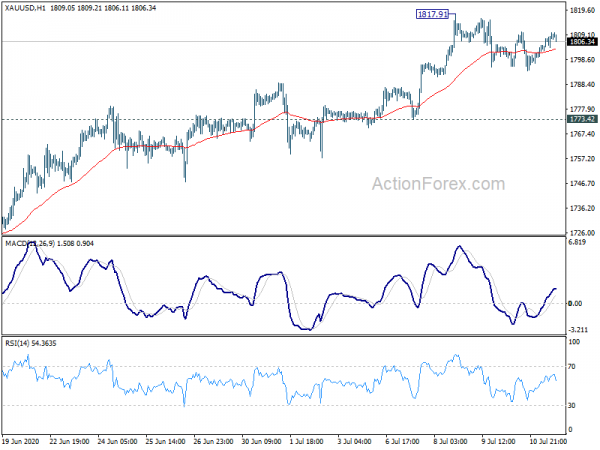

BoC stands pat, expects Q3 to recover 40% of H1 economic collapse
BoC kept monetary policy unchanged as widely expected. Overnight Rate is held at the effective lower bound of 0.25%. Bank Rate is kept at 0.25% correspondingly, deposit rate at 0.25%. BoC will also continue the QE program with large-scale asset purchases of at least CAD 5B per week of government bonds. BoC also pledge to “provide further monetary stimulus as needed.”
In the accompanying statement, BoC said global and Canadian outlook is “extremely uncertain, given the unpredictability of the course of the COVID-19 pandemic”. It expects global economy to contract by -5% in 2020, then grow by 5% on average in 2021 and 2022. But the timing and pace of recovery varies among regions.
Canadian economic activity in Q2 is estimated to be 15% lower than the level at the end of 2019. But there are “early signs” that reopening and pent-up demand are leading to an “initial bounce-back” in employment and out put. In BoC’s central scenario, roughly 40% of H1’s contraction is made up in Q3. Real GDP would still decline -7.8% in 2020, with 5.1% growth in 2021 and 3.7% in 2022.